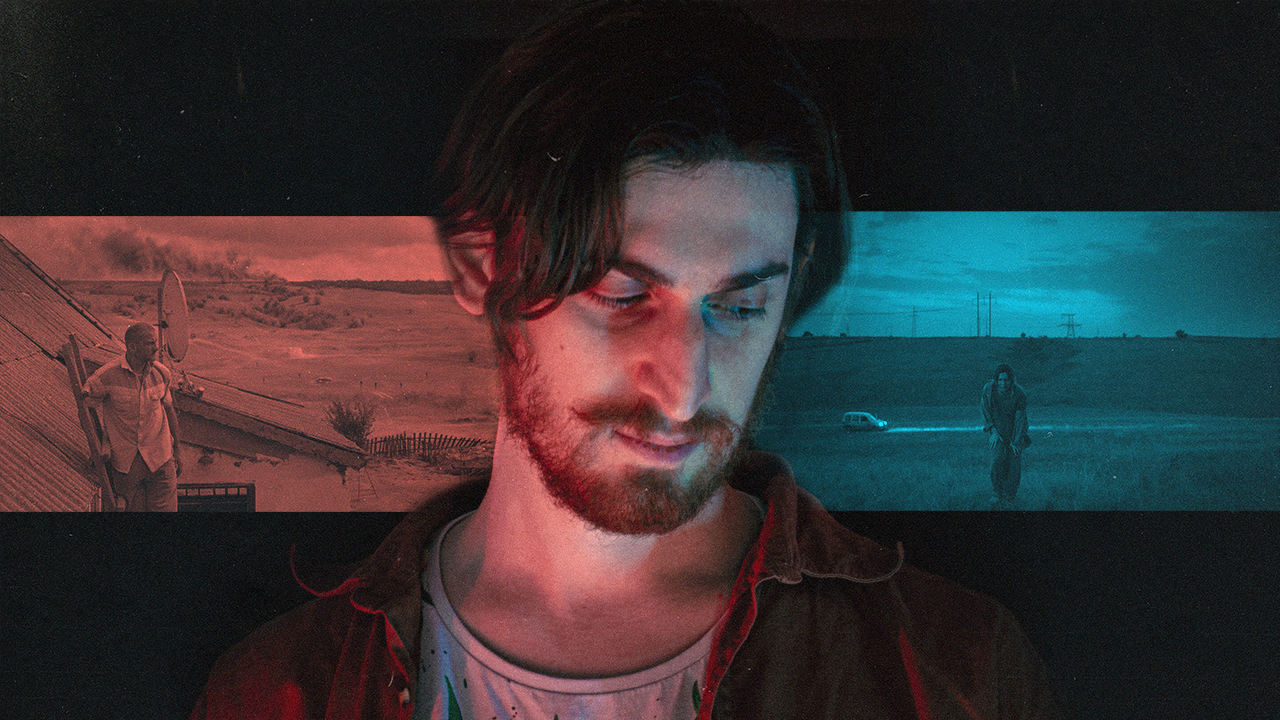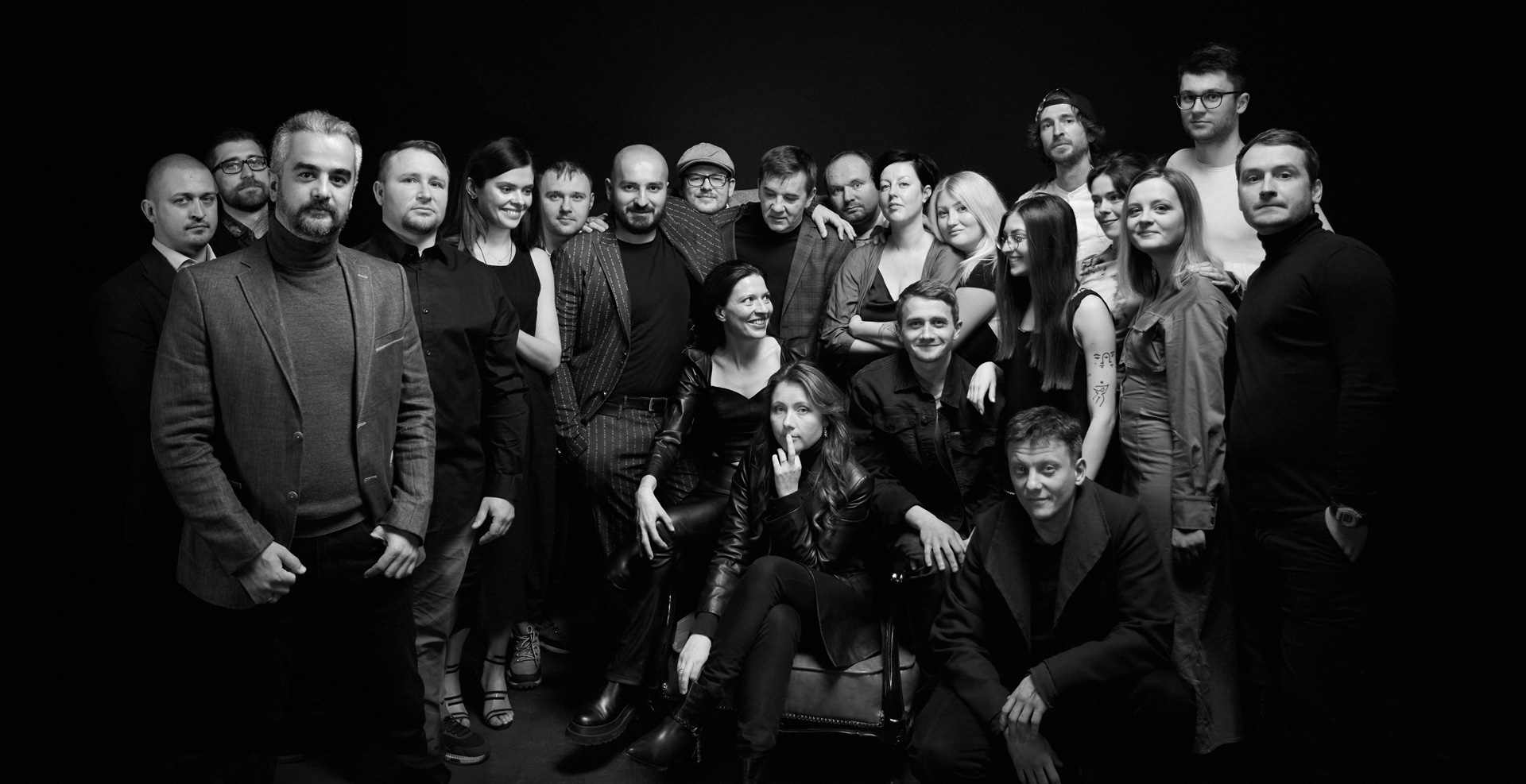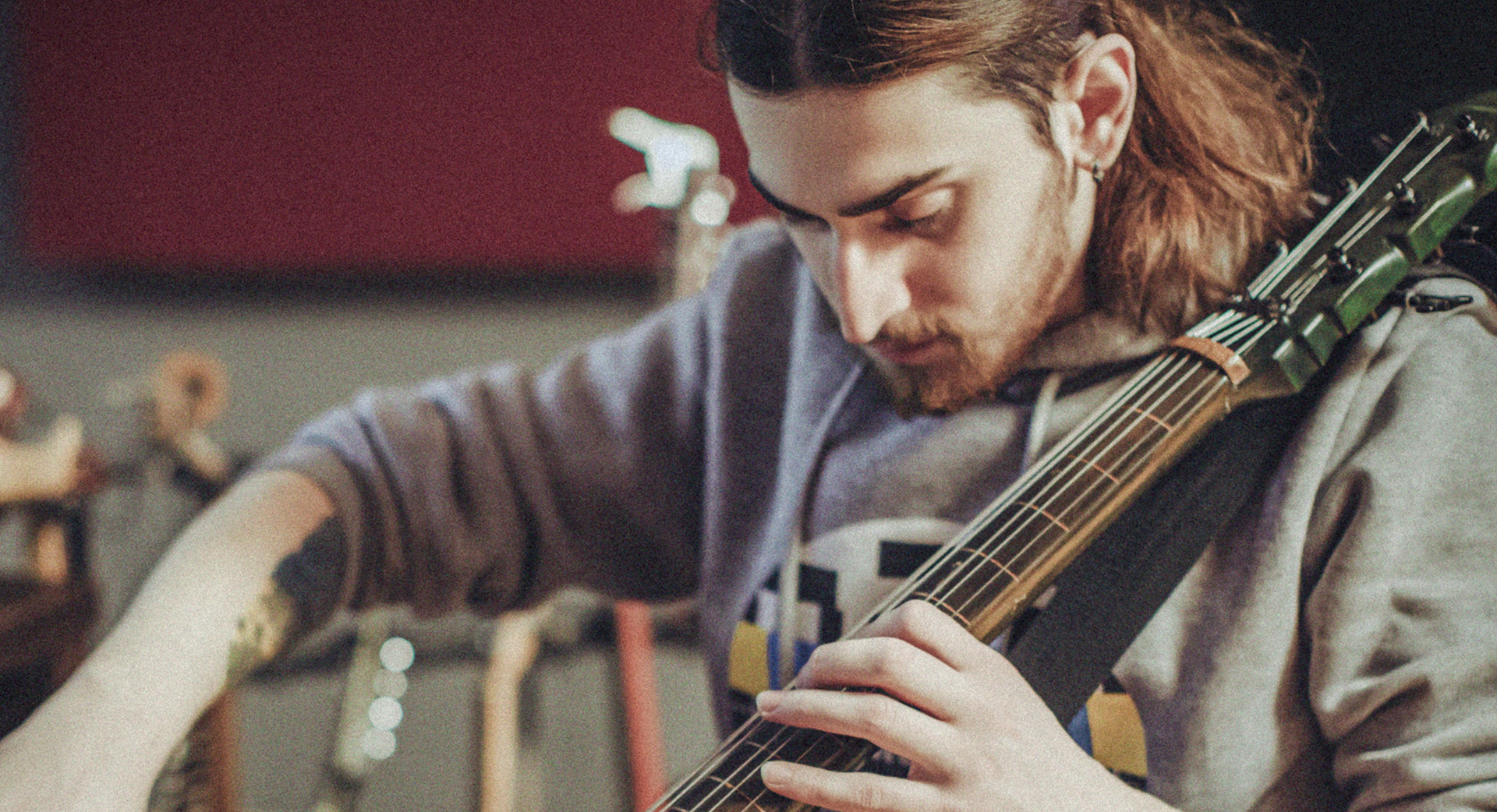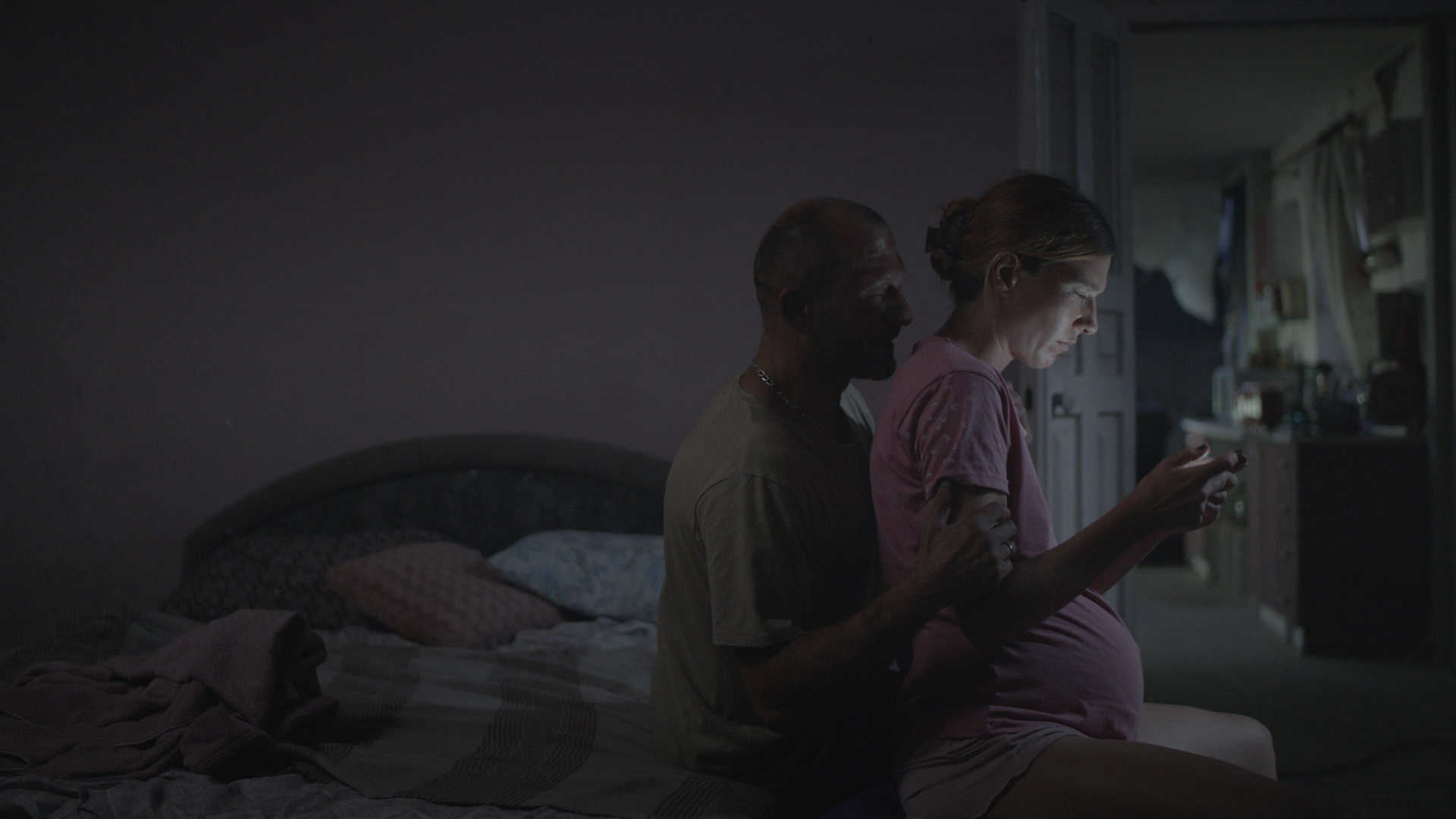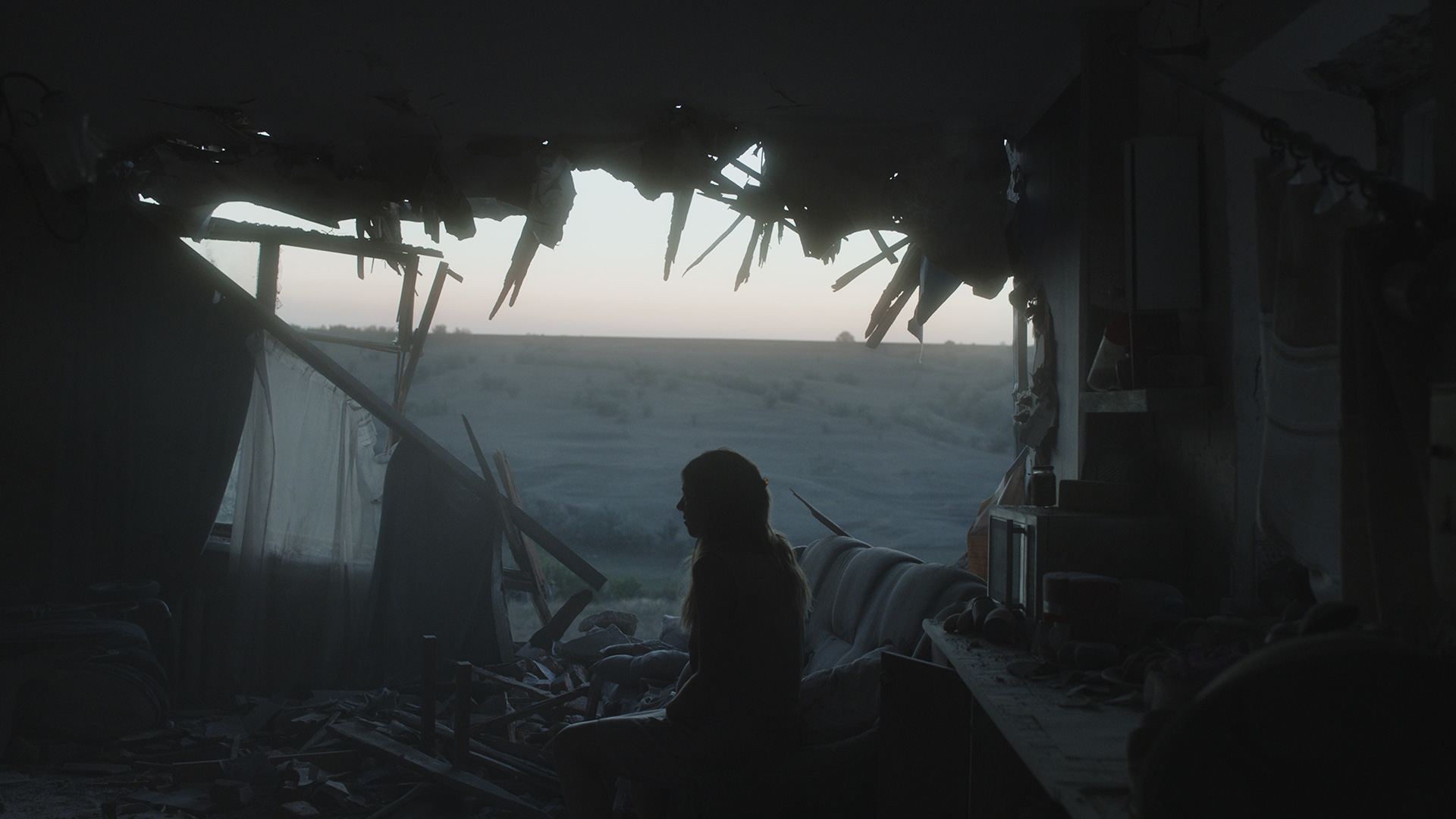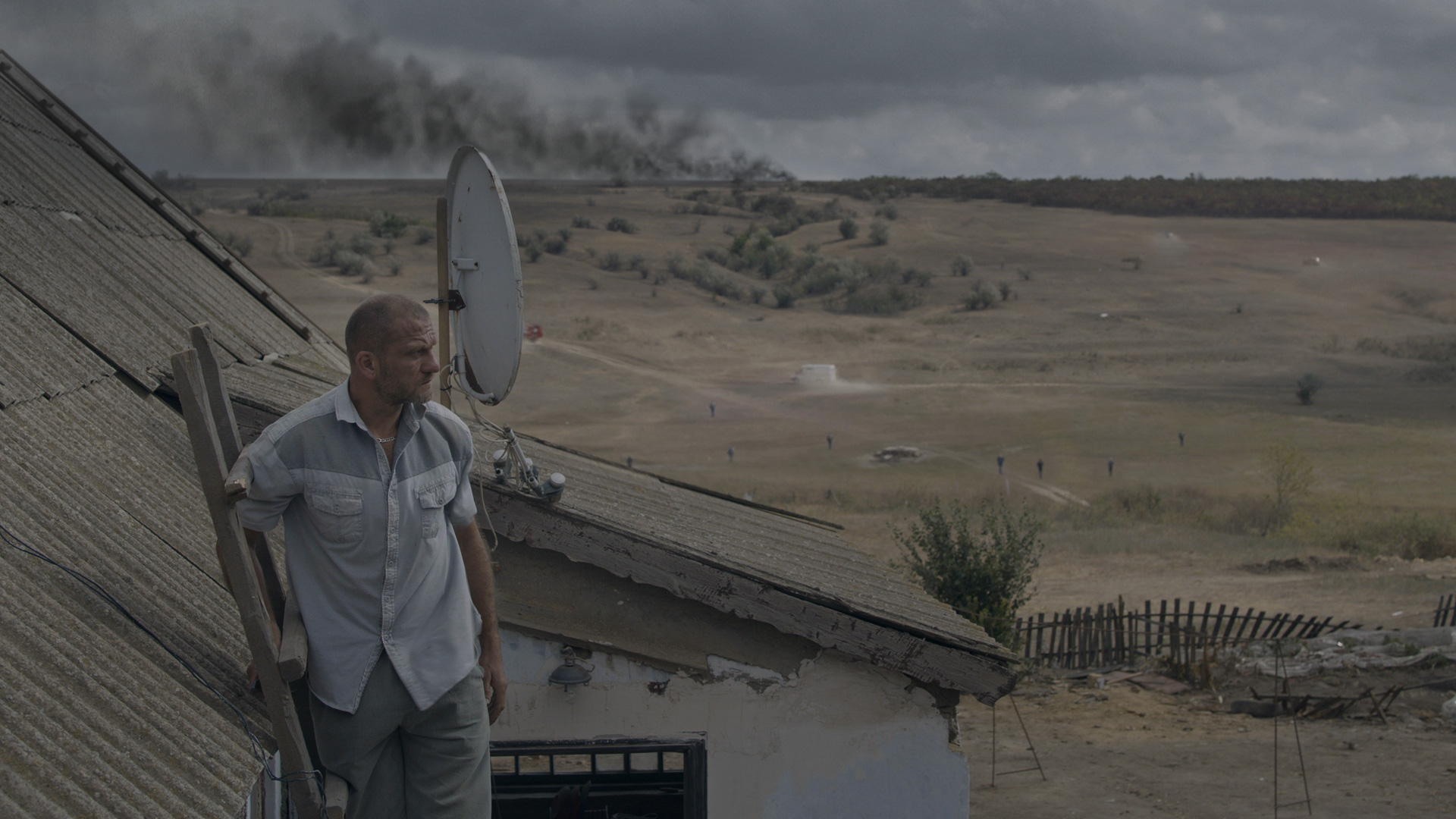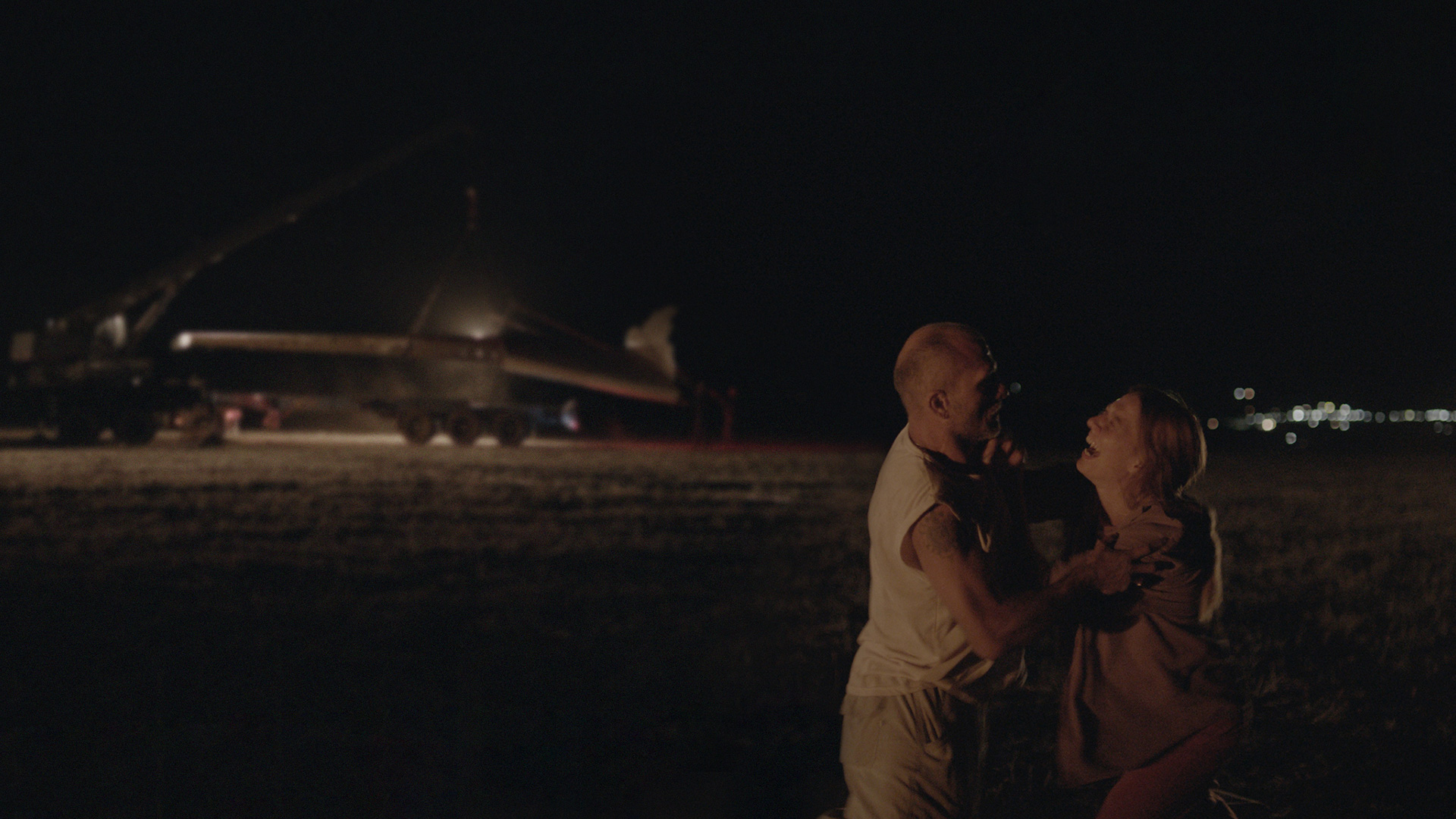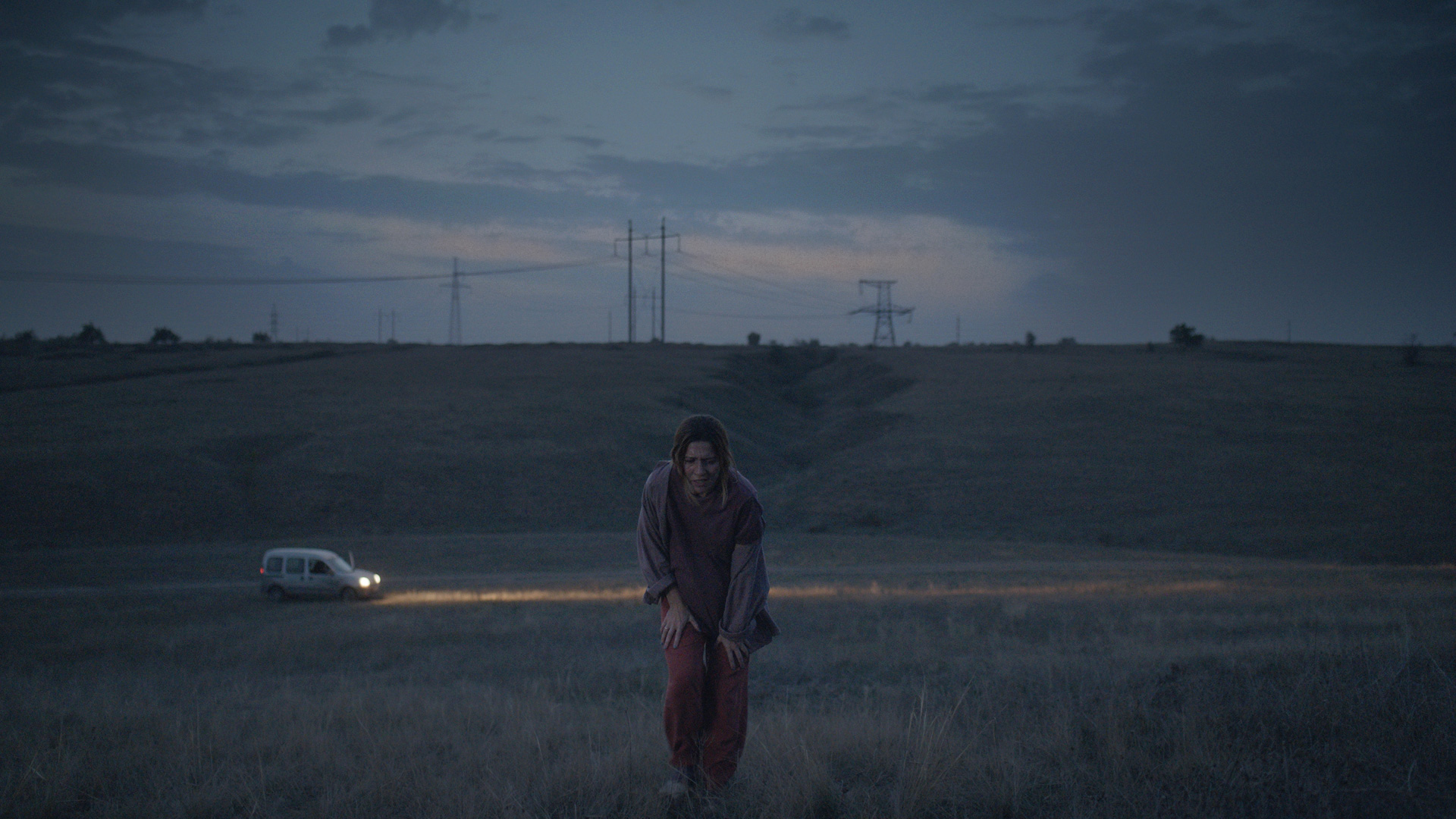On November 3, a Ukrainian feature film Klondike by Maryna Er Horbach was released. It is a minimalist story about a family living in the village of Hrabov in the Donetsk region and witnessing the crash of the Malaysian Boeing 777 (flight MH17) shot down in 2014.
The picture obtained recognition from film critics and more than 20 awards at international film festivals. In particular, it won the World Cinema Dramatic Award at Sundance, the largest independent film festival in the world. Klondike was also submitted for the Oscar by Ukraine.
The film music should be considered separately. The variety of string instruments creates a viscous atmosphere. Along with a visual row, a deserted village turns into almost a scorching prairie like in an American western.
Georgian musician and composer Zviad Mgebrishvili was responsible for a musical accompaniment of Klondike. One of his most prominent projects became his work on the film music And Then We Danced (2019) by Swedish director Levan Akin. The film was presented in the Directors’ Fortnight section at the 2019 Cannes Film Festival where it received a fifteen-minute standing ovation.
On the occasion of Klondike’s release in the Ukrainian film distribution, SLUKH spoke with Zviad about the process of working on the soundtrack, cooperation with the director, and instrumental solutions.
Translator: Inna Khrystych

